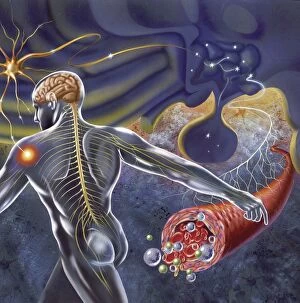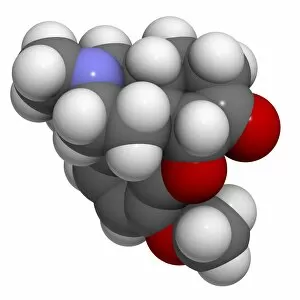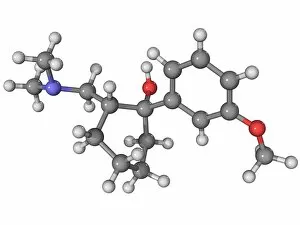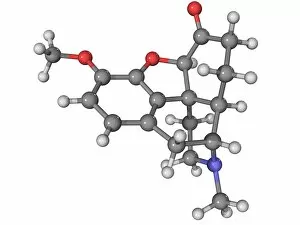Opioid Collection
Opioids, derived from dried opium poppies, have long been used for their powerful pain-relieving properties
For sale as Licensed Images
Choose your image, Select your licence and Download the media
Opioids, derived from dried opium poppies, have long been used for their powerful pain-relieving properties. In a cross-section biomedical illustration, we can see how the transmission of pain signals occurs between brain cells before an opioid drug is administered. Another illustration demonstrates how opioids work by blocking the transmission of these signals, providing much-needed relief to those suffering from chronic pain. The schematic of the hypothalamus receiving nerve impulses from the body highlights the complex network involved in processing and responding to pain. Within this intricate system, opioids play a crucial role in alleviating discomfort and improving quality of life. Hydrocodone opioid analgesic drugs like F007 / 0152, F007 / 0151, F007 / 0150, and F007 / 0149 are commonly prescribed for moderate to severe pain management. These medications target specific receptors in the brain and spinal cord to effectively reduce sensations of agony. Codeine molecules also contribute to our understanding of opioids' mechanism of action. As one molecule binds with certain receptors in our bodies, it helps alleviate both mild and moderate levels of pain. Tramadol analgesic molecule provides another option for individuals seeking relief from acute or chronic discomfort. Its unique dual-action mechanism combines weak opioid receptor activation with inhibition of neurotransmitter reuptake – offering a comprehensive approach towards managing various types of pains. Understanding hydrocodone drug molecules further enhances our comprehension regarding its effectiveness as an analgesic agent. By interacting with specific receptors within our nervous system, hydrocodone aids in diminishing distressing sensations caused by injury or illness. These illustrations and molecular representations shed light on how opioids function as potent tools against pain management.










